Michael Laub / Remote Control Productions
Dance Portraits - Cambodia 2015
PHOTOGRAPHY / CREDITS / PRESS
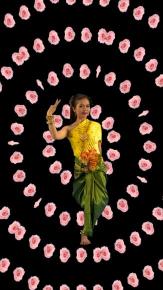
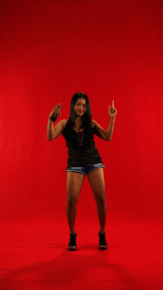
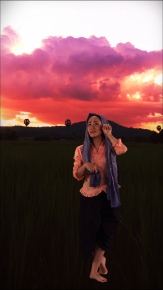
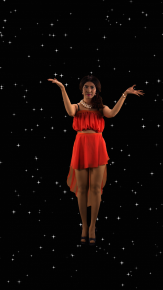
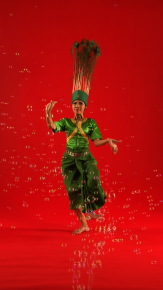
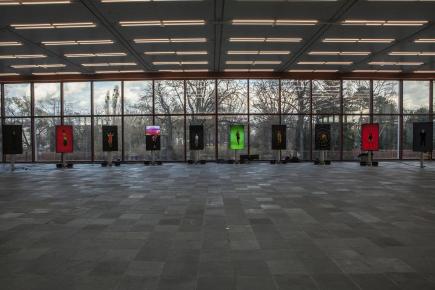
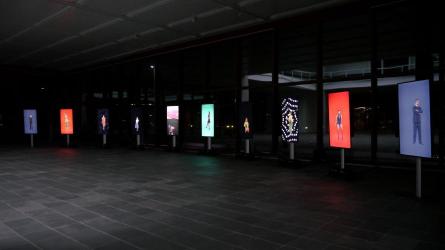

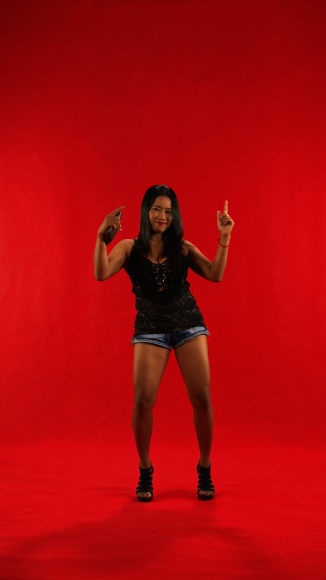
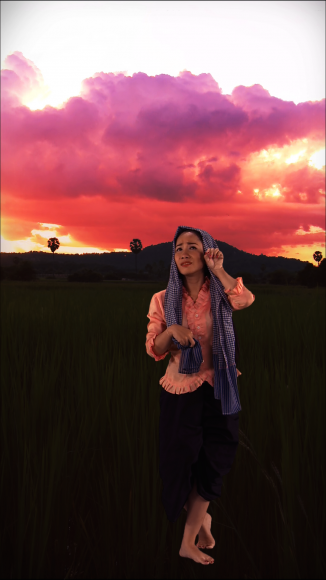
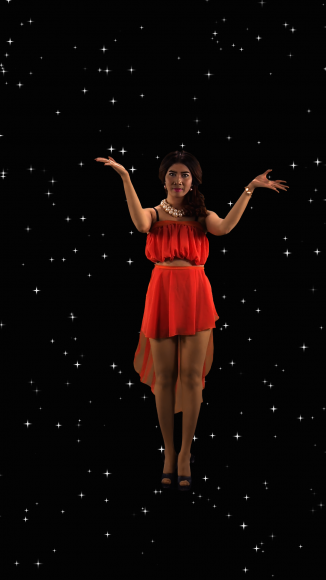
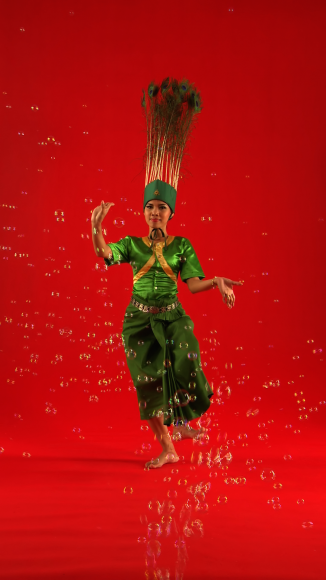
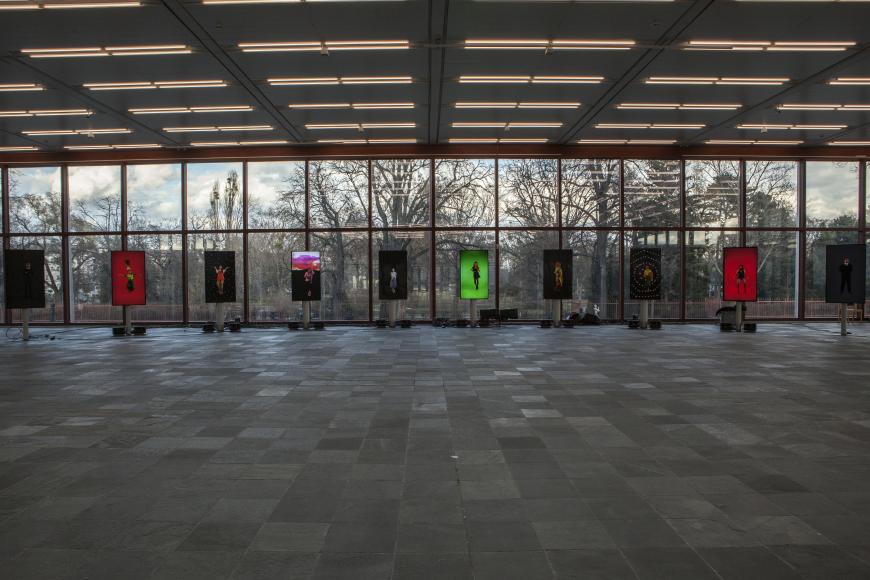
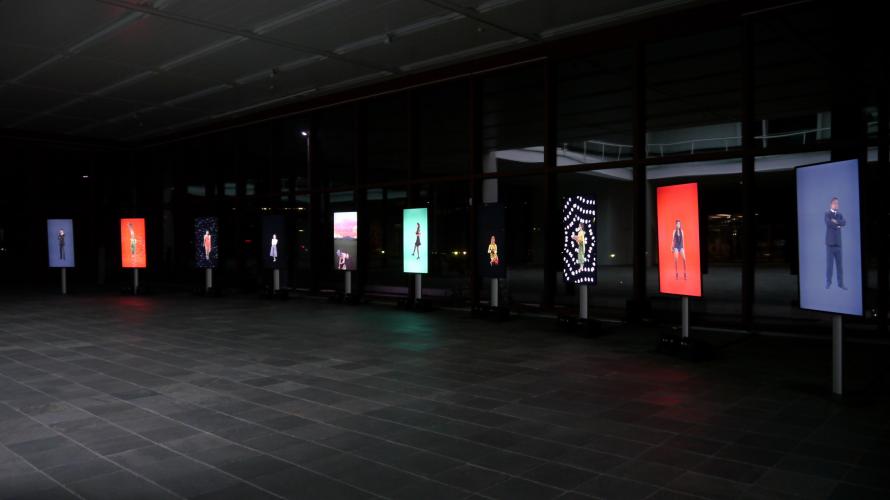
CREDITS
Directed by Michael Laub
Performers – Khen Vanthurn, Kun Lenang, Sun Aun (Ana), Kong Lydimong, Meas Sreytob, Im Srey Pich, Ou Pheang (Teva), Sopheak Sonita, Mam Kunthea, Sok Veasna and Hul Chanmony
Choreography – Khen Vanthy, Michael Laub
Camera – Bodo Gottschalk
Light – Bodo Gottschalk, Jean Chhor, Andreas Körper
Sound – Check Dara
Chief of Lighting Department – Jean Chhor
Camera Assistant – Rith Panha
Assistant Director – Declan Rooney
Chief Gaffer – Sok Dy Ya
Gaffers – Nhom Care, Kdey Town
Logicistal Support – Dream Touch Phnom Penh
Phare Production Manager – Coralie Morillon
Post Production - Compositing & Video Programming – Bodo Gottschalk
Post Production - Keying, Color Grading – Alberto Caffarelli
Post Production Sound – Check Dara, Karsten Höfer
Filmed at So Shoot Me Studios Phnom Penh
Produced by Michael Laub and Phare Productions - International branch of Phare Performing Social Enterprise Cambodia
Thanks to HAU Hebbel Am Ufer Berlin and Sok Visal (KlapYaHandz)
Premier - [Trans] Asia Portraits 21er Haus, Vienna
Presented by ImPulsTanz Festival and the Weltmuseum Vienna
© Michael Laub 2016
PRESS
Helmut Ploebst, Der Standard, 08.02.2016
Eastern Goddesses with Diva and Dancers
Opening of (Trans)Asia Portraits in the Vienna Museum of the 21st Century
The mighty goddess Kali has just brought about a bloodbath among the demons. She celebrates her triumph in a wild dance over their dead bodies. Kali’s divine partner, Shiva, observes this. He sees that Kali cannot control herself in her bloodlust, and lies down between the corpses. When the victorious goddess dances over his body, she recognises Shiva, pauses and bites her outstretched tongue in shame.
This motif has been captured by the divine-image manufactory Rakhl Pal & Sons, from Kolkata’s (Calcutta’s) traditional potters’ quarter Kumartuli, in one of the groups of statues that are produced in large quantities for Indian festivals such as the Durga Puja. The ton-heavy portrayal of the ashamed Kali – a loan from the Vienna Weltmuseum – is part of (Trans)Asia Portraits, a concise festival of exhibitions, performances and films currently being shown by ImPulsTanz at the Museum of the 21st Century.
In the museum’s main hall Kali stands opposite an equally impressive portrayal of the goddess Durga vanquishing the buffalo demon Mahishasura. This sculpture is also a work of Rakhl Pal & Sons, after Mohan Panshi Rudra Pal and Sons one of the most well known of its kind in Kumartuli. Such images are carried or driven through the streets in processions during Durga Puja and thrown into the Ganges to general exultation. Their purpose thus fulfilled, they are fished out again by collectors and sold.
As soon as visitors to (Trans) Asia Portraits in the 21er Haus have passed the two handcrafted gems of painted clay they move straight on to the video installation Dance Portraits – Cambodia 2015, by the exceptional Belgian choreographer Michael Laub, who has positioned ten vertical-format screens side by side in front of one of the space’s window walls. Eight of the monitors show single female dancers, the two outside ones grimly posing bouncers in dark suits.
This flanking watch over the women representing the dance culture of Cambodia can be seen as a reference to the shadow of the Khmer rouge regime. During their rule between 1975 and 1978 the Maoist guerrillas murdered around two million of the country’s citizens and tried to eradicate the old Cambodian culture.
Laub’s Dance Portraits are shown as loops in phases, each one underlaid by a specific piece of music. In the short pauses between the individual sections a classical Apsara dancer appears in a splendid costume: always on a single monitor, while the other screens remain black. Dance – from the courtly Apsara to the folkloric ramvong to the modern Madison – forms a striking metaphor here for the fragility of Cambodian contemporary culture.
(...)
So the (Trans) Asia Portraits have begun with an exploration of the portrait itself: from the fictional, culture-creating image of a god to real dancers as signs of contemporary society to the trans diva as a symbol of attempted liberation from cultural restrictions. A convincing opening.
Silvia Kargl, Kurier, 09.02.2016
Figures of Gods, Rice Pickers, Go-Go Dancers and Experiments
(...)
Michael Laub’s video installation Dance Portraits – Cambodia extends his successful portrait series with dancers on digital HD video screens, recorded in Phnom Penh. The spectrum ranges from classical dance to the folkloric rice-picking dance, from go-go to show time to the wedding dance
In each portrait Laub concentrates on a single female soloist, whose dance he usually removes from its context and underlays with original pieces of music. Flanked by two men on the sides, individuals emerge from the crowd. Shown without value judgement, the pluralism appears self-evident.
(...)
Karlheinz Roschitz, Kronen Zeitung, 08.02.2016
Portraits of Apsara and Go-Go
ImPulsTanz, the largest international dance festival, is expanding: on Saturday its organiser Karl Regensburger opened a February ImPulsTanz week in the 21er Haus with the exciting theme of (Tans)Asia Portraits: performances, installations, videos and films until Sunday 14 February.
Michael Stolhofer’s curatorial concept, which was realised as a cooperation between ImPuls, Weltmuseum and the 21er Haus, is multilayered. A cleverly selected mix even for the opening: alongside video installations and statements – the Belgian choreographer Michael Laub commented on his Dance Portraits – Cambodia – there was a screening of Miss Jin King, a film by Zhang Yuan about China’s most famous transsexual. Film commentator: Chris Haring, Austria’s celebrity choreographer, director of Liquid Loft and winner of the Golden Lion in Venice.
In the hall of the 21er Haus the Weltmuseum has installed two splendid procession figures – cult statues of the many-armed goddesses Kali and Durga, which are sunk during a ritual on the Ganges in India. Attunement to Michael Laub’s videos in their lively colourfulness.
Since the 1980s, Michael Laub has been replacing actors in the theatre by authentic personalities who tell their stories: starting in 2002 he developed his Stage Portraits, which are presented as individual stories by the performers of the Burgtheater, the Schauspielhaus Hamburg or by amateurs (his Burgtheather portraits, from 2011, are spectacular).
In his installation at the 21er Haus he shows dance from Cambodia: dancers on ten video screens portray figures from an Asian-boom society, between the extremely stylized tradition of the Cambodian dance canon – such as lamthon and Apsara – hip hop, folklore or go-go in Phnon Penh. Danced social criticism! Worth seeing!